Now Reading: Best Places Visiting in Kalaburagi for History, Culture & Nature
-
01
Best Places Visiting in Kalaburagi for History, Culture & Nature

Best Places Visiting in Kalaburagi for History, Culture & Nature
1.Buddha Vihar
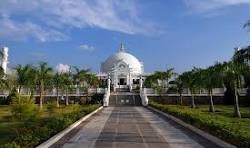
The Buddha Vihar rests 6 kilometers beyond the district headquarters on Sedam Road near Gulbarga University as a powerful monument representing calmness along with sacredness and architectural excellence. Visitors along with devotees choose this 18-acre sanctuary because it provides peace and enlightenment while attracting all types of visitors.
The traditional Buddhist architectural design showcases the Buddha Vihar as an exceptional piece of construction. The main structure presents itself with powerful yet peaceful characteristics to bring forth a calming atmosphere. The dome of this vihar stands out as the main highlight because it measures 70 feet in height with a 59 feet diameter. The exquisitely adorned dome received its completion with marble tiles that added both grandeur and aesthetic value.
A panchaloha ornament crafted from sacred five-metal alloy forms the spire on the dome to signify divine purity. A panchaloha kalasha rests atop the spire to bring forth deeper spiritual value to the temple.
Significance
- Both the architectural brilliance and meditative purposes make the Buddha Vihar a place of spiritual importance. A peaceful meditation space in the cellar helps practitioners as well as visitors find mindfulness through inner peace at the temple complex. People gather in the ground floor Lord Buddha chaitya (temple in Pali) to perform devotions and request divine blessings.
2.Gulbarga Fort
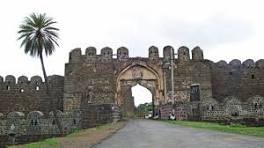
The Gulbarga Fort, a historic and architectural marvel, stands as a testament to the grandeur of the Bahmani dynasty. Alauddin Hasan Bahman Shah constructed this fort which continues as one of India’s important heritage places due to its historical engineering significance.
The fort extends across 0.5 acres (0.20 ha) with 3-kilometre (1.9 mi) perimeter length. The fort utilizes a double line of defenses which enhance its security and power. This fort in its original state operated as an impressive defensive structure thanks to its 9.1 m wide outer drainage trench that surrounded it completely.
Gulbarga Fort stands as a fortified stronghold which integrates 15 watchtowers with 26 positioned defensive guns. The fort had installed massive guns of 8 meters (26 feet) that served as advanced protection for the defense system. Time has preserved these military weapons within the fort which continues to demonstrate the great power of the Bahmani rulers.
Related articles : Best Places Visiting in Haveri for History, Culture & Nature
Stay Informed With the Latest & Most Important News
Previous Post
Next Post
-
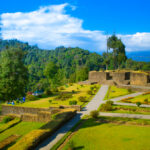 01Top 5 Best Places Visiting in Gyalshing – Monasteries, Lakes & Scenic Escapes
01Top 5 Best Places Visiting in Gyalshing – Monasteries, Lakes & Scenic Escapes -
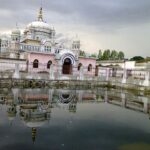 02Top 5 Best Places Visiting in Panna – Temples, Waterfalls & Wildlife Escapes
02Top 5 Best Places Visiting in Panna – Temples, Waterfalls & Wildlife Escapes -
 03Top 5 Best Places to Visit in Malerkotla – Malerkotla Fort, Sheesh Mahal & More
03Top 5 Best Places to Visit in Malerkotla – Malerkotla Fort, Sheesh Mahal & More -
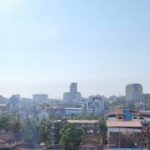 04Top 10 Best Places Visiting in Dakshina Kannad for Culture, Nature & Coastal Charm
04Top 10 Best Places Visiting in Dakshina Kannad for Culture, Nature & Coastal Charm -
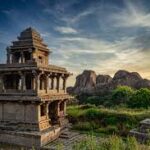 05Top 2 Best Places Visiting in Chitradurga for History, Nature & Adventure
05Top 2 Best Places Visiting in Chitradurga for History, Nature & Adventure -
 06Best Places Visiting in Shopian – Explore Top Attractions & Hidden Gems
06Best Places Visiting in Shopian – Explore Top Attractions & Hidden Gems -
 07Best Places Visiting in Narmadapuram – Temples, Waterfalls & Wildlife Escapes
07Best Places Visiting in Narmadapuram – Temples, Waterfalls & Wildlife Escapes














Pingback: Top 5 Best Places Visiting in Kodagu – Waterfalls, Temples & Coffee Trails